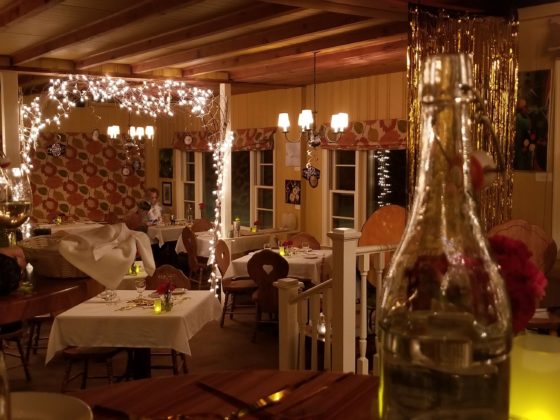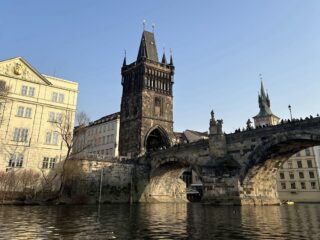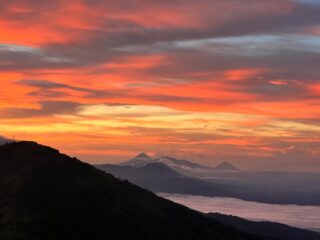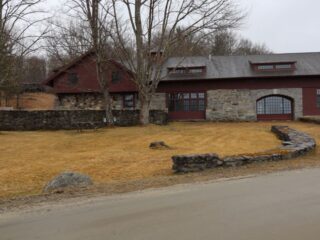By Suzanne Adam
Our first night out to sea, standing on the deck, I feel the presence of Ferdinand Magellan. Sturdy hands on the railing of his ship Trinidad, the explorer must have seen this same full moon illuminate his path on the water as he searched for a route to the Pacific through this uncharted maze of islands and fjords sculpted by ancient glaciers. I had recently read “Over the Edge of the World”, Laurence Bergreen’s gripping account of the Magellan expedition’s circumnavigation of the globe from 1519 to 1522, demonstrating conclusively that the world is round. Now, I am aboard the Vía Australis, navigating the Straits named for him. Like Magellan’s flotilla, we are alone, no other ships in sight, no lights blinking from shore, only the looming humps of dark mountains.
Embarking in blustery Punta Arenas, Chile, we cruise through the Patagonian fjords, a veritable geography lesson of capes and channels, inlets and islands, ridges and peaks. A long-time resident of Chile, I’ve traveled often to continental Patagonia, an untamed landscape of cathedral-spire peaks, emerald lakes and endless pampas, inhabited by guanacos, rheas, pumas and penguins, but this time I have an ocean view. This southernmost region of South America, referred to as the “bottom of the world”, speaks to me of daring climbs and dangerous expeditions.
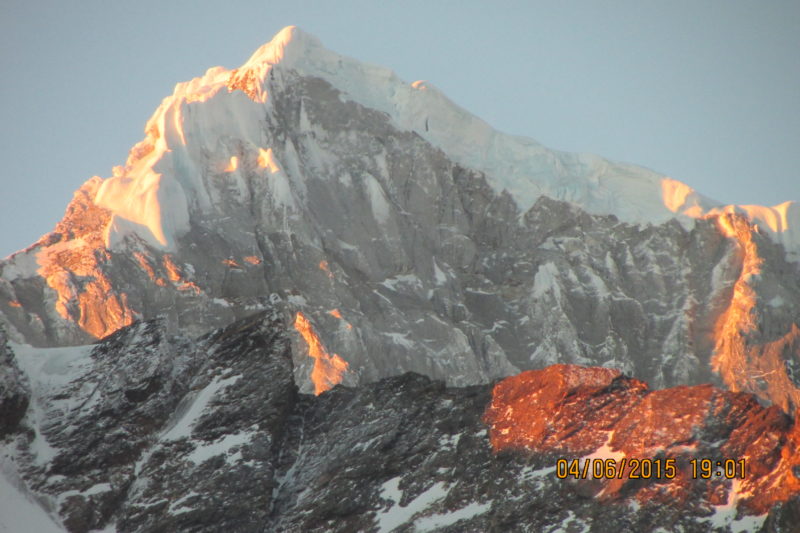
Though just a simple tourist, I am an adventurer in my imagination. I want to feel the heart-stopping wonder and the thrill experienced by those who first navigated these southern seascapes. Anticipating the desire to keep a record of the region’s startling surroundings, I’ve packed in my suitcase, a fresh, clean diary – dove grey with a photograph of stalks of grass.
Travel journals with inspiring covers have taken over substantial space on my bookshelves over the years. During my journeys, I struggle after an exhausting day to stay awake long enough to jot down the highlights to expand upon later. Words can convey more than photographs. They go beyond the visual to suggest the tingle of the salty sea air, the force and chill of the wind, the creaking of a glacier, the silence and solitude, and one’s response to these sensual experiences.
I’ve also brought along a small book of accounts of early travelers to these extreme latitudes, the perfect shipboard companion to the land expeditions, lectures and movies on the region’s history and wildlife. Early visitors to this region felt compelled to chronicle their travels and impressions. Magellan contracted Italian Antonio Pigafetta to document the voyage, his personal perceptions as well as facts, a valuable resource for later expeditions and historians. The first widely-known and influential travel account was Marco Polo’s, written on his return from Asia in conjunction with Rusticello da Pisa, which Pigafetta undoubtedly had read. An annotated copy of “The Travels of Marco Polo” was found among the belongings of Christopher Columbus. Stories, diaries and legends of these southernmost seas abound: of navigators like Magellan and Sir Francis Drake, and, later explorers, Italian missionary Alberto de Agostini and Ernest Shackleton. Other names and stories were lost – of seal hunters, sailors, lighthouse keepers, and shipwreck victims. This harsh, wondrous area has motivated writers over the centuries. Early navigators’ testimonies inspired Samuel Taylor Coleridge to write “The Rime of the Ancient Mariner”.
The ice was here, the ice was there,
The ice was all around:
It cracked and growled, and roared and howled,
Like noises in a swound.
Bruce Chatwin in his book “In Patagonia” had a flair for uncovering human stories of European immigrants, American outlaws, sheep ranchers and sailors. He took delight in the tales he uncovered of his grandmother’s cousin, Charles Milward, who spent much of his life sailing these southern waters, eventually settling with his family in Punta Arenas.
The morning of our first land excursion at Tierra del Fuego’s Ainsworth Bay is bright and fresh. It is fall in the Southern Hemisphere, the April sun igniting the burnt orange and crimson leaves of the southern beech trees. It is the kind of day for which Magellan and his crew must have given thanks, free from the williwaws, the great storms blowing off the glaciers. Pigafetta wrote, “I believe there is not a more beautiful or better strait than this one.”
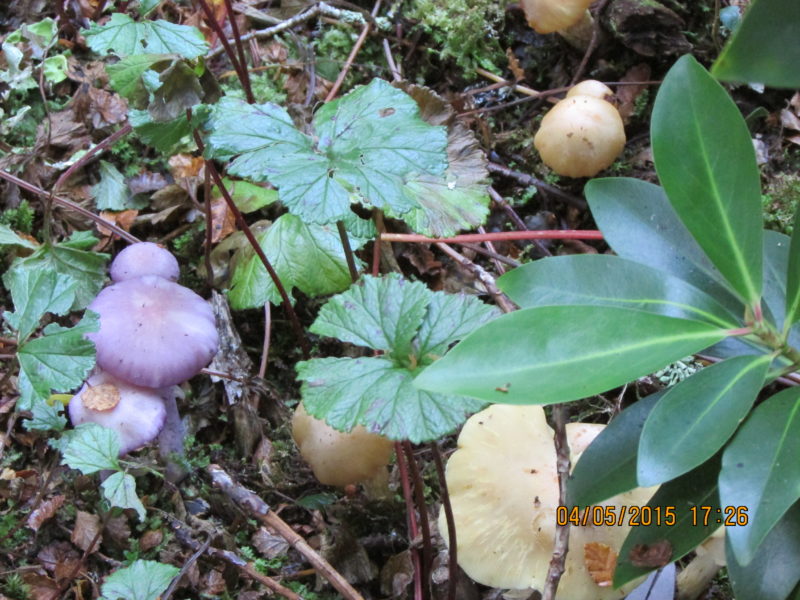
Following our guide, we step gently through a marsh of coarse, frost-covered grasses and shrubs bearing red berries, where melt water from the Marinelli Glacier mingles with the sea water. On the beach I discover wafer-thin rocks, vestiges of the passing of the glacier that had retreated ten kilometers up the valley in the past fifty years. Above, two condors soar. A giant sea elephant lounges on a nearby sand bar.
After lunch, the ship turns into Pia Fjord, its hull crunching against chunks of ice. Delicate veils of water cascade down the fern-covered cliffs of the milky green fjord. The Pia glacier comes into view, pale turquoise glimmering from its depths. We board zodiacs, disembark on a rocky peninsula, and climb to a spot overlooking the glacier. I snap photos, although I know I’ll never capture this beauty. The mass of ice creaks and groans as it shifts on its granite bed and, without warning, a giant pillar calves and collapses into the water with a thundering roar, showering icy crystals. How terrified Magellan’s sailors must have been upon hearing those booming echoes, facing those ice walls for the first time. I feel no fear, only childlike wonder.
Back on board, I’m enjoying cake and hot tea when someone exclaims, “Dolphins!” Through the wide windows, I spot four dolphins escorting us out of the bay. Beside me stands Carlos, the guide who’d presented a slide show on local birds. As a lifelong birder, I am curious about the seabirds crisscrossing ahead of the ship. “Black-browed albatross,” he says, “and the black ones with white chests are imperial cormorants. They’re migrating north now.”
I’ll add them to my list.
Our ship weaves through the labyrinth of islands and fjords, rocking gently, and turns east into the Beagle Channel, bordering southern Tierra del Fuego, and another encounter with a history-making voyage. Naturalist Charles Darwin sailed these waters on the research ship HMS Beagle captained by Robert Fitzroy. Darwin’s observations on this journey exploring South America from Brazil to the Galapagos Islands became the basis for his theory of evolution. On January 28th, 1833, on night watch in the Channel, Darwin wrote in his diary: “…there is something very solemn in such scenes; the consciousness rushes on the mind in how remote a corner of the globe you are then in….” I know, I want to tell him, I’m here with you.
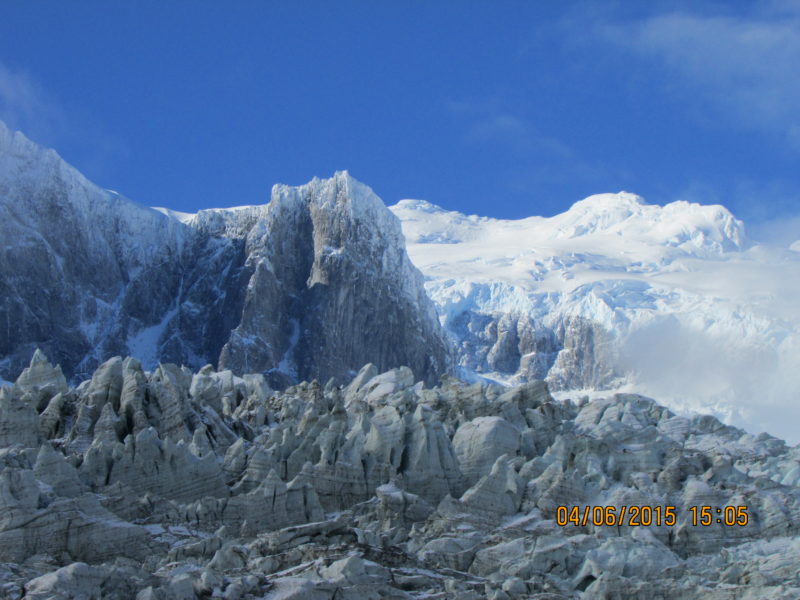
On our left rises the Darwin Cordillera, source of the looming glaciers along Glacier Alley. I fear that the glaciers face the fate of the Yaghan tribes, who once navigated their bark canoes in these waters bordering the island of Tierra del Fuego, but who succumbed to European-introduced diseases. That night I peer out the cabin window into the blackness and imagine seeing their distant fires, for which the island was named. There are no fires now.
“Much rocking in the night”, I write. Yet, we are up early the next day, for the Patagonian winds have calmed, and the captain has given the go-ahead for today’s excursion. The zodiacs carry us to a rocky shore, where we disembark and climb one hundred and sixty steps to a level plain. With a life jacket strapped around my layers of fleece and waterproof parka, I waddle penguin-like along the damp boardwalk. Our orange jackets contrast sharply with the landscape: pewter sea, grey sky, and ochre, green and beige vegetation. Euphoria washes over me. I am standing on the island of Cape Horn. As I gaze south across the vast Drake Sea, the desolate greyness reminds me of Robert Scott’s tragic Antarctic expedition, which I’d read about in Beryl Bainbridge’s “The Birthday Boys.” In spite of the severe hardships Scott and his party faced, he kept a meticulous journal until the day he died: of logistics, routes, his men’s conditions, blizzards, ice packs, penguins and whales. A search party eight months later found Scott and two companions in their frozen tent. Beneath Scott’s body lay his notebooks.
Our ship’s contingent winds its way along the boardwalk to the albatross monument, honoring the sailors who lost their lives navigating these turbulent waters.
Translated from Spanish, the inscription on the plaque reads:
Antaris, a large wet German shepherd, greets us as we head toward the lighthouse. He lives in the home adjacent to the lighthouse with a Chilean naval officer, his wife and son, who welcome our group of visitors in muddy boots. For a year the officer will tend the lighthouse and keep a record of ship traffic.

The next afternoon we disembark on Navarino Island at tranquil Wulaia Bay, where the Yaghan people once had everything they needed: forests, game, streams and a protected bay for their canoes and for diving for shellfish. Here Captain Fitzroy returned Jemmy Button to his people, one of the three natives the Captain had taken to England on his previous voyage. We hike to a hilltop lookout through a forest glowing red, orange and yellow where I imagine the spirits of those people moving silently amongst the trees, keening for their lost lands.
Dark clouds frown overhead the next afternoon as our ship turns into Fiordo Chico, dotted with floating miniature ice sculptures. In awe, I watch two small birds perched on a gelid chunk, pecking at the ice. Rain and sleet sting my face as I hunch in the zodiac. My “water repellant” pants cling to my thermal underwear which, in turn, cleaves to my legs like giant black leaches. Nothing, I think, compared to the hardships of Magellan’s sickly, malnourished crew. No one offered them hot chocolate laced with whisky on their return from a shore excursion.
Dusk. Our last day. From the upper deck, under a sky with clouds streaked coral and rose, I bid farewell to this wild landscape and to Magellan, certain that he and his frightened sailors found hope in a flaming sunset and respite in the sheltering inlets of the Straits. I feel gratitude to the men with the foresight and inspiration to chronicle their journeys and gratitude to that determined captain who opened the way for future travelers through this convoluted passage to the Pacific. There, Pigafetta reported the captain, upon realizing their feat, ‘wept for joy’.
Back in the cabin, with the image of the sun setting over the sea still fresh, I write, “The sky seemed to smile on us, and the landscape glowed.”
Suanne Adam is a California native who served in the Peace Corps in Colombia before moving to Santiago, Chile in 1972 to marry her boyfriend, Santiago. She explores how this experience shaped her life in her 2015 memoir Marrying Santiago. In 2019, She Writes Press published her second memoir Notes From the Bottom of the World: A Life in Chile. Before turning to writing, Adam worked as a teacher of children with learning disabilities. A member of Santiago Writers, her essays have been published in The Christian Science Monitor, California Magazine, the Marin Independent Journal, Nature Writing and Persimmon Tree. She blogs at tarweedspirit.blogspot.com.


